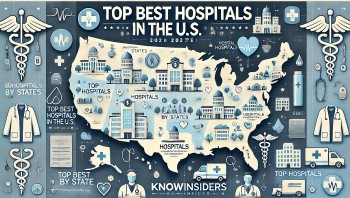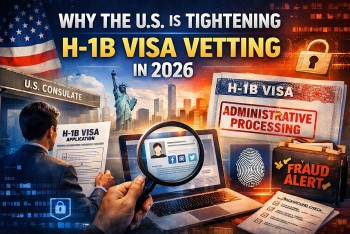Airlines in Canada: Prohibited/Restricted Items on Domestic Flights, And Exceptions
| Table of Contents |
Canada's aviation security is governed by Transport Canada and enforced by the Canadian Air Transport Security Authority (CATSA).
Canadian airlines, like many around the world, enforce strict regulations regarding items that are prohibited or restricted on domestic flights. These regulations aim to ensure passenger safety and comply with national and international aviation standards.
In this article, we will explore what items are banned or restricted in both carry-on and checked baggage, any exceptions or priority cases, and how these rules might differ between Canadian airlines or compared to international standards.
Learn more: Top 10 Largest Airlines in Canada: A Comprehensive Overview
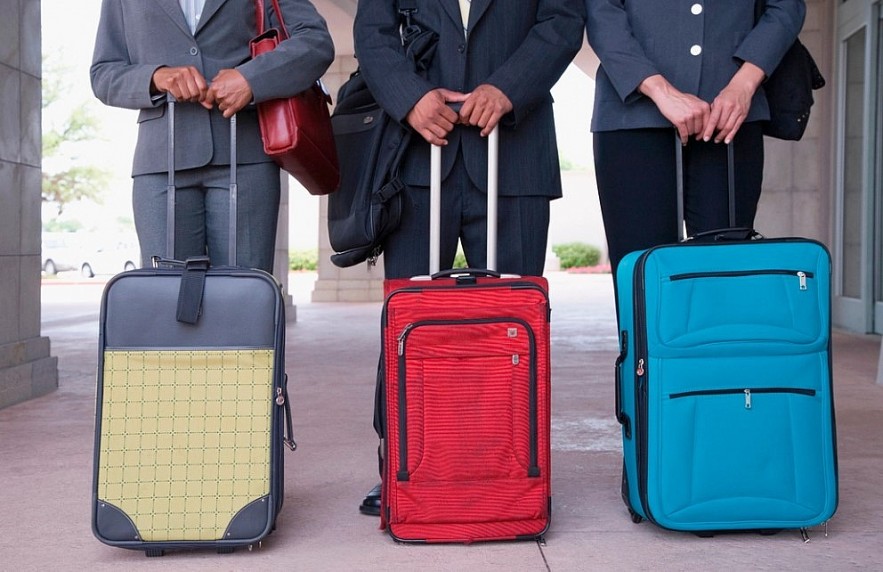 |
| Prohibited And Restricted Items on Domestic Flights in Canada |
Prohibited and Restricted Items for Carry-on Baggage
Carry-on luggage in Canadian domestic flights is subject to strict scrutiny, as items that passengers keep with them in the cabin need to pose zero threat to onboard safety. Some items are outright prohibited, while others have restrictions:
-
Prohibited Items:
- Sharp Objects: Knives, scissors with blades over 6 cm, razors, and other sharp items that could be used as weapons.
- Firearms and Explosives: Firearms (without special authorization), fireworks, and explosives are strictly prohibited.
- Chemicals and Hazardous Materials: Corrosive substances, toxic chemicals, and flammable liquids are not allowed. This includes items like bleach, cleaning solvents, and certain paints.
- Aerosols: Some aerosols are banned unless they're small personal hygiene items, like deodorant (under 100 ml).
- Liquids, Gels, and Creams: Any liquid exceeding 100 ml is prohibited in carry-on baggage unless it is for medical purposes or baby formula. The liquids must also fit into a clear, resealable plastic bag.
-
Restricted Items:
- Batteries: Lithium-ion batteries over 100 watt-hours are restricted in carry-on baggage unless specially authorized by the airline. Other types of batteries may need protective packaging.
- Tools: Hand tools under 6 inches are allowed in carry-on, but larger tools are restricted.
- Personal Electronic Devices: These must be fully charged and presented at security if requested. Devices with batteries over certain watt-hour limits may need special approval.
Learn more: Prohibited Items on Domestic Flights, And Exceptions in the UK
Prohibited and Restricted Items for Checked Baggage
Checked baggage is less restrictive, but there are still strict rules on what passengers can place in their hold luggage:
-
Prohibited Items:
- Explosives and Flammable Materials: Fireworks, flares, gasoline, and other hazardous materials are prohibited in checked baggage.
- Firearms: Firearms are generally prohibited without the proper authorization. If permitted, they must be declared at the check-in counter and follow strict packaging guidelines.
- Lithium-ion Batteries: While small batteries can be transported in carry-on baggage, larger lithium-ion batteries are restricted from checked baggage to prevent fires.
-
Restricted Items:
- Alcohol: Passengers may carry alcohol in checked luggage, but bottles containing more than 70% alcohol by volume are restricted. Additionally, passengers may only carry up to 5 liters of alcohol in total.
- Power Banks: These are allowed only in carry-on luggage and are restricted from checked baggage.
Exceptions and Priority Cases
There are a few important exceptions to the general restrictions on prohibited and restricted items:
• Medical Necessities: Items such as prescription medications, oxygen tanks, or liquid nutritional supplements are allowed in both carry-on and checked baggage but must be declared to airline staff.
• Baby Supplies: Parents traveling with infants are allowed to carry baby food, formula, and breast milk exceeding the 100 ml limit, though these items will be subject to inspection.
• Mobility Aids: Wheelchairs and other mobility devices with batteries are allowed, but passengers should notify the airline in advance to ensure proper handling and safety measures.
Do Regulations Vary Between Canadian Airlines?
The core regulations governing prohibited and restricted items are enforced by Transport Canada, meaning that these rules remain largely consistent across all Canadian airlines. However, individual airlines may have additional policies regarding specific items (e.g., Air Canada's lithium battery rules or WestJet's guidelines for pets). It’s always a good idea to check with your airline before flying.
How Do Canadian Regulations Compare to Other Countries?
Canadian regulations are quite similar to those of other countries, including the United States and European Union nations. However, there are subtle differences:
• Lithium Battery Policies: Some countries, like the U.S., are stricter about the watt-hour limit for lithium-ion batteries.
• Security Checks: The way liquids and electronics are screened can vary slightly in terms of procedures at different airports around the world, but the core restrictions remain the same.
Final Lines
When flying domestically in Canada, it's crucial to be aware of prohibited and restricted items in both carry-on and checked luggage. Most restrictions are designed with passenger safety in mind and align with global aviation standards.
Understanding these rules ahead of your flight will help ensure a smooth airport experience and avoid any complications at security checkpoints.
Frequently Asked Questions (FAQs)
1. Can I bring a lighter in my carry-on?
Yes, you are allowed to bring a single disposable lighter in your carry-on bag but not in your checked luggage.
2. What should I do if I need to bring a large quantity of medication?
Inform the airline and present the medication at security. You are allowed to bring medically necessary items that exceed standard liquid restrictions.
3. Can I bring sports equipment like a baseball bat in my carry-on?
No, large sports equipment such as baseball bats must be placed in checked baggage.
4. Are electronic cigarettes allowed on flights in Canada?
Yes, but they must be kept in your carry-on and not in checked luggage. You cannot use them during the flight.
5. Are there any exceptions to the liquid rule for carry-on baggage?
Yes, baby food, formula, and necessary medical liquids are exceptions to the 100 ml rule, though they must be declared at security.
 Top 10 AirLines With The Most Beautiful Flight Attendants in The World Top 10 AirLines With The Most Beautiful Flight Attendants in The World Who is the most beautiful flight attendant in the world? The airline industry demands a high level of physical fitness and attractiveness from their flight ... |
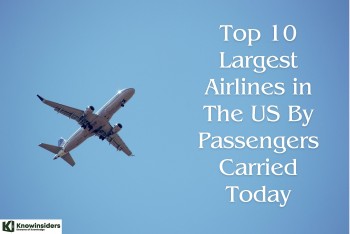 Top 10 Largest Airlines in the US by Passengers Top 10 Largest Airlines in the US by Passengers The US airline industry has grown and competed in 2024 as air travel recovers from the pandemic. The top 10 largest airlines in the country ... |
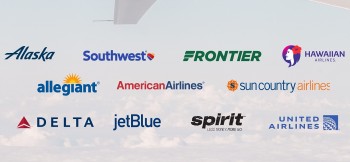 Top 10 Largest Airlines in the U.S: A Comprehensive Overview Top 10 Largest Airlines in the U.S: A Comprehensive Overview We will explore the top 10 largest airlines in the U.S., based on recent data. |
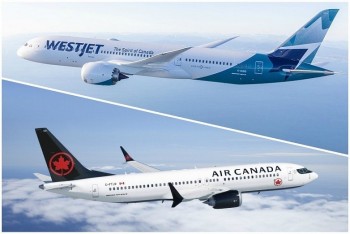 Top 10 Largest Airlines in Canada: A Comprehensive Overview Top 10 Largest Airlines in Canada: A Comprehensive Overview Canada is home to a dynamic aviation industry that serves both domestic and international markets. Based on the latest available data, here’s a detailed look ... |














